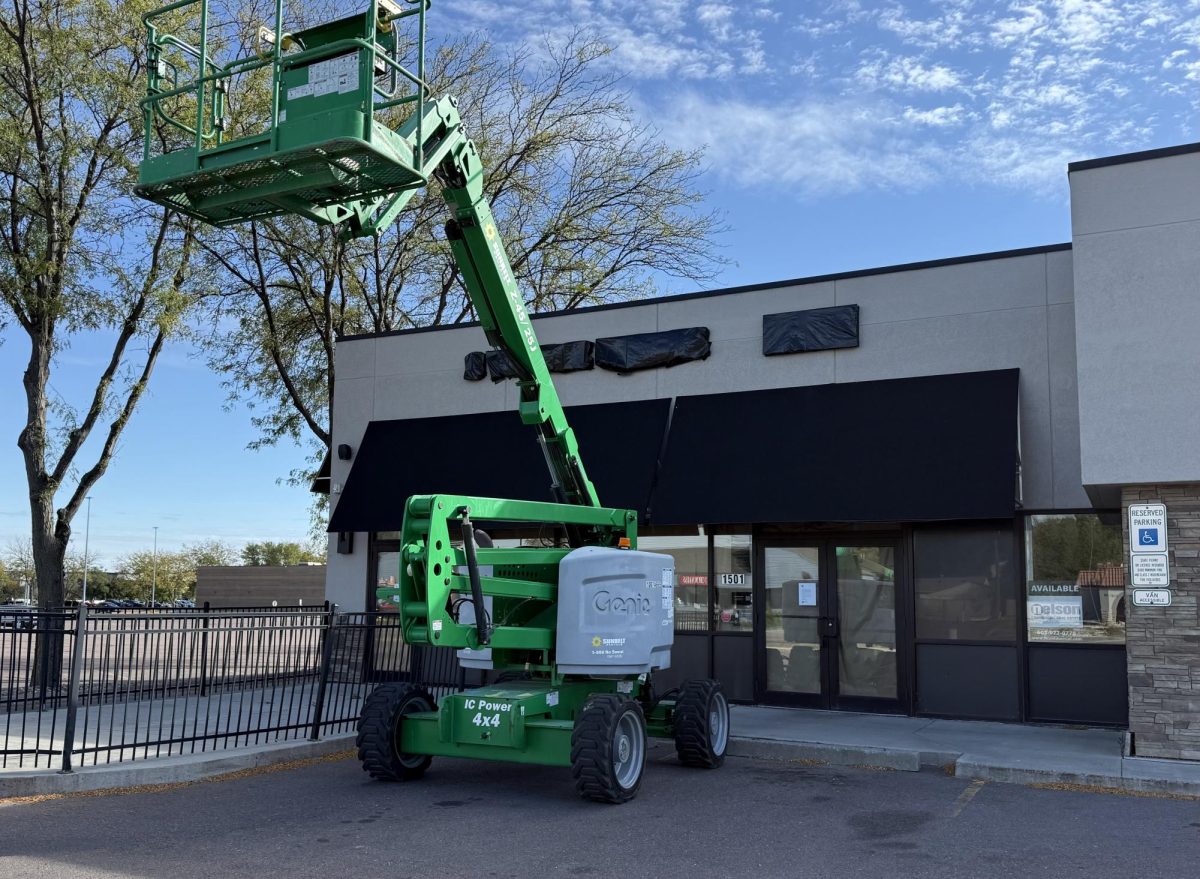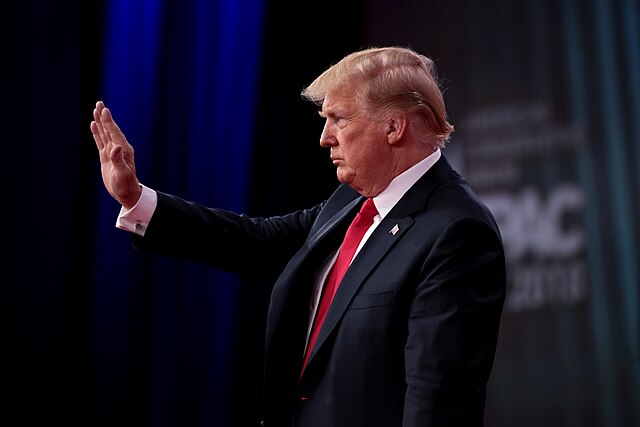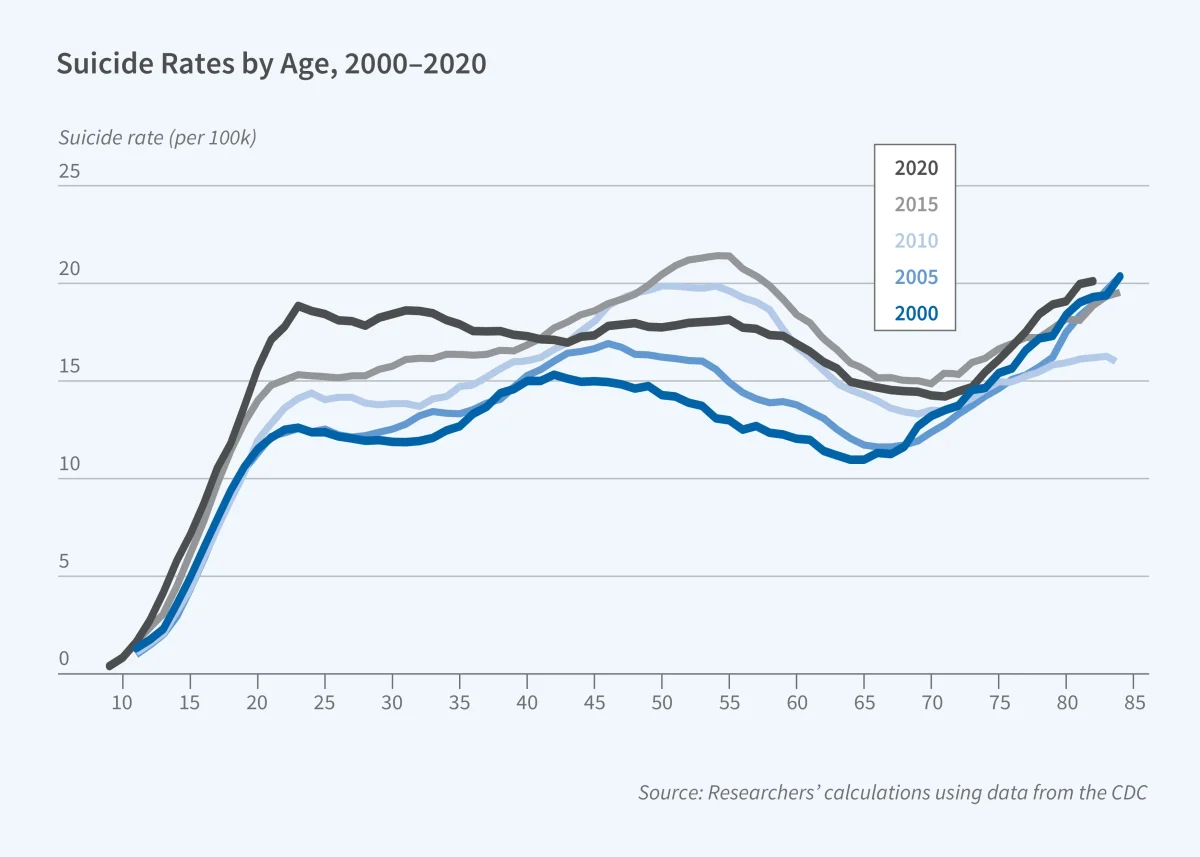Following his inauguration at the beginning of 2025, President Donald J. Trump signed numerous executive orders directed towards immigration enforcement. Within 50 days of the Trump Administration in office, Immigration and Customs Enforcement (ICE) made more than 32,000 arrests, exceeding the total arrests that took place in half of the previous year, according to the Department of Homeland Security (DHS).
In conjunction with these national trends, South Dakota launched its own statewide initiative directing human and financial resources towards immigration enforcement. Piloted by Governor Larry Rhoden in the summer of 2025, Operation Prairie Thunder is a dual initiative designed to address both crime and illegal immigration. Within Sioux Falls, the operation’s primary focus is “to interdict drugs, investigate gang activity, hold parole absconders accountable and deter lawlessness,” according to News.SD.Gov.
The secondary focus of Operation Prairie Thunder is statewide immigration enforcement made possible by two separate 287(g) agreements between state and federal law enforcement. The first collaboration, between the South Dakota Department of Corrections (DOC) and ICE is categorized as the 287(g) Jail Enforcement Model, which gives DOC employees the power to interrogate, detain and transport illegal immigrants who are already in custody.
The second collaboration, considered the 287(g) Task Force Model agreement, was made between the South Dakota Highway Patrol and ICE. Under this partnership, the Highway Patrol can question and process any persons suspected of being in the U.S. illegally during routine activities like traffic stops.
“Under the 287(g) program, a limited number of troopers receive training to handle situations where they may encounter individuals suspected of being in the country illegally during the normal course of their duties,” said the South Dakota Department of Public Safety, which declined to be interviewed.
Since the ratification of these agreements — and the subsequent launch of Operation Prairie Thunder — there has been increased discussion about immigration enforcement and operations within Sioux Falls. Although the Sioux Falls Police Department (SFPD) is participating in the first aim of Operation Prairie Thunder — centered around decreasing gang activity and drug crimes — it is not involved in the signing of any 287(g) agreements with ICE.
“[The] Sioux Falls Police Department has no immigration authority,” said Sioux Falls Police Chief Jon Thum.
In terms of law enforcement, each city, state and federal agency operates within its own “lane.” The South Dakota Highway Patrol generally addresses traffic and accidents, county sheriff’s departments oversee rural patrols and metro police departments are multifaceted, dealing with everything from crime intervention to speed enforcement.
“We’re happy to have [federal law enforcement] occupy their lane. We can’t handle any more lanes, nor do we want any more lanes,” said Thum. “Our primary goal and purpose is to serve and protect and promote quality of life for the people of Sioux Falls.”
When referring to the people of Sioux Falls, Thum means all people, regardless of their immigration status.
“If you were a victim of a crime, we don’t care what your immigration status is. That’s not our job. It’s not our purview,” said Thum. “We simply don’t ask [for immigration status], and we have no authority within that hemisphere.”
Despite the SFPD’s uninvolvement in immigration enforcement, fear is still prevalent throughout the city, particularly in Hispanic and immigrant communities.
“We’ve been very, very scared. We usually don’t go out, especially since I work in a public space, and I interact with a lot of Hispanics,” said one LHS student. “It’s been really slow, and [many Hispanics] really don’t want to go out and do their normal activities.”
For this student, South Dakota’s increased emphasis on immigration enforcement has also sparked conversations about the future.
“If I go back to [redacted], I … don’t have a house. I don’t have anywhere to go,” said the student. “Some conversations with my mom will be like, ‘Well, if we get deported, we need to go to your grandma’s house. We need to see if somebody can help us out.’”
Although arrest and deportation can not be carried out by the SFPD, the 287(g) Task Force Model Agreement gives the Highway Patrol “the power and authority to interrogate any alien or person believed to be an alien as to his right to be or remain in the United States.” Furthermore, the agreement grants “the power and authority to arrest without a warrant any alien” if the Highway Patrol officer believes the individual is in the U.S. illegally. Already, these powers have been used throughout the state in cities such as Madison, where the Highway Patrol assisted in detaining eight men in a worksite enforcement initiative in May.
“There was a raid in Madison back in May, and I met with those guys when they were detained here in Minnehaha County Jail because I wanted to know firsthand what happened and what was going on,” said Taneeza Islam, a community activist, attorney and Executive Director of South Dakota Voices for Peace. “The narrative of the administration, both on a federal level and on a state level, that they’re picking up [only] violent criminals is false … and it’s provable by the people who have been detained so far.”
This mixed messaging from all levels of government about the aims and actions of ICE in South Dakota contributes to the fear present throughout Sioux Falls communities.
“It’s really important to understand what the community hears. It doesn’t matter what is fact or fiction because if they’re scared [and] believe something’s happening, that’s what’s going to dictate how they move around Sioux Falls, and there’s obviously a lot of fear,” said Islam.
For Islam, combatting that fear through open communication with Hispanic communities is a major goal, yet she believes the heart of the immigration issue is much deeper than legislation or dialogue.
“The real issue is not what’s legal and what’s illegal. [We need to ask], ‘what are the economic drivers that are bringing people into our country in an unlawful way and why are we not creating lawful ways for them to do that?’” said Islam.
As for the City of Sioux Falls and the SFPD, both continually clarify that they have no immigration jurisdiction, and their actions in Operation Prairie Thunder are not related to the immigration enforcement aspect.
“[Operation Prairie Thunder] was not well-rolled out,” said Sioux Falls Mayor Paul TenHaken. “[It] was not communicated well when it was launched. When people keep asking me questions, I keep sending it to the state, saying, ‘this is not my deal.’ They need to clarify all these things.”
For the LHS student, the Highway Patrol’s immigration powers, as well as South Dakota’s unclear messaging, are not only anxiety-inducing, they are troubling.
“I feel like they’re generalizing that all immigrants are criminals, which is not true,” said the student. “We’re hard-working people, and we’re just here to get a better opportunity that we didn’t have in our home countries.”











Daniel Bethke • Nov 1, 2025 at 8:45 am
Very well-written and well-researched article.